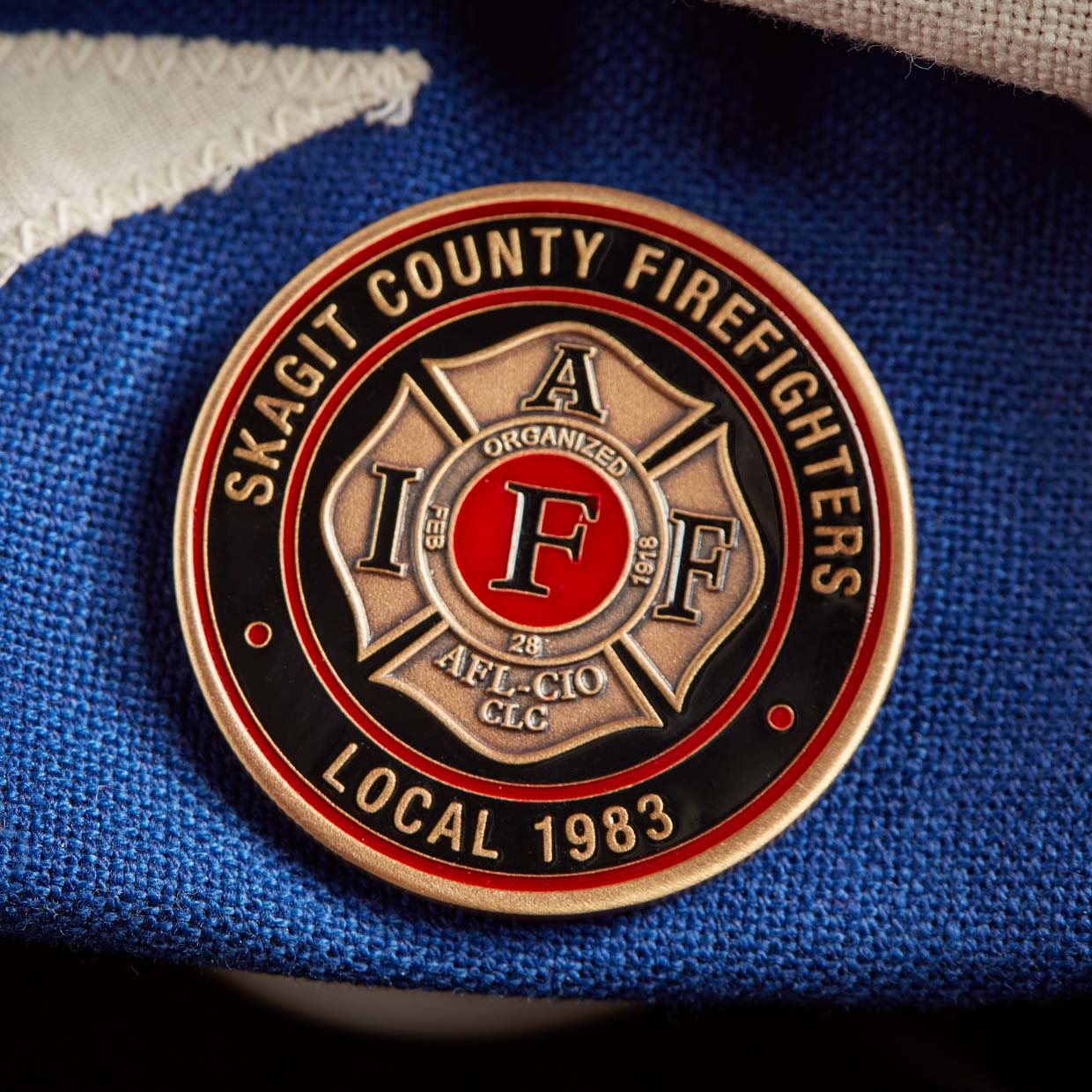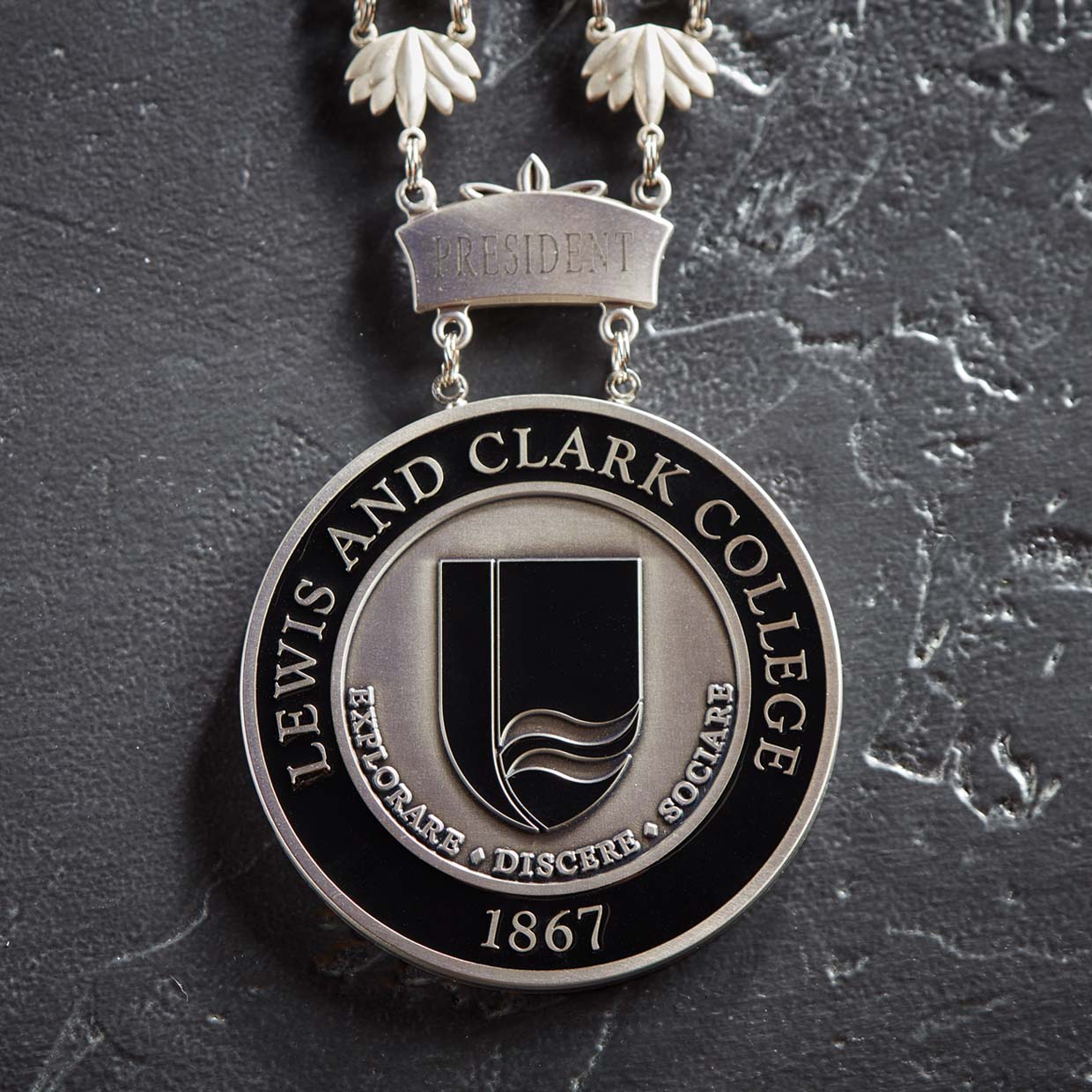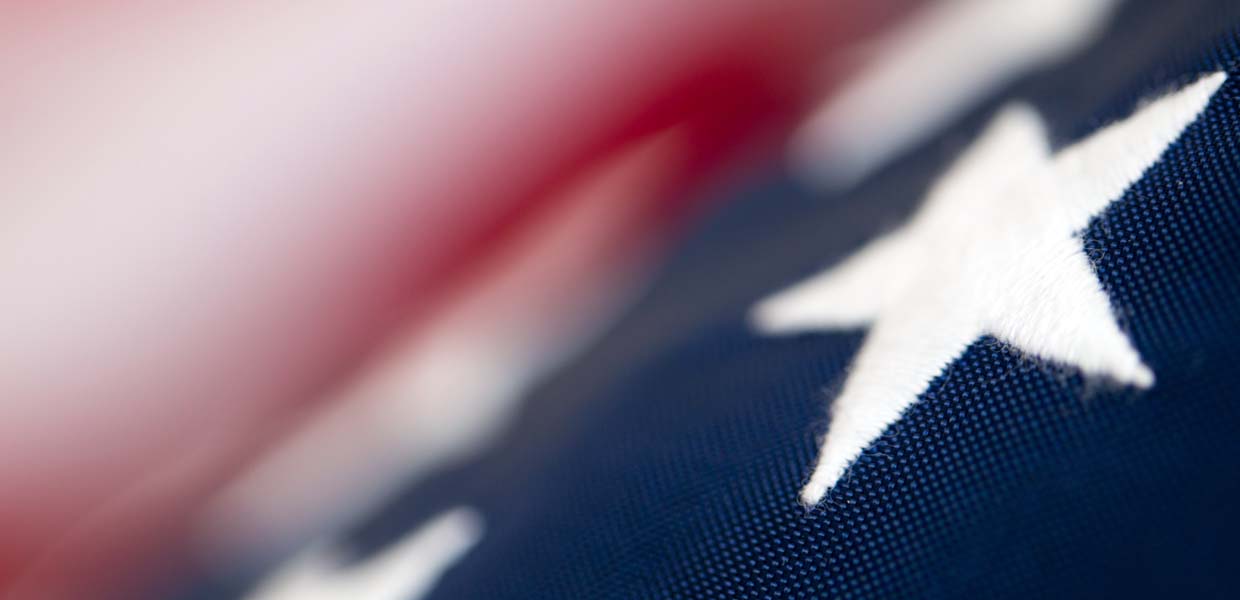What is the art of minting?
Medalcraft Mint uses only solid materials, selected for their purity and metallic composition, in the minting process. Our craftsmen die-strike all medals, medallions and other items from brass, nickel-silver, bronze, copper and precious metals.
Minting ProcessWhat is die-striking?
Die-striking is when a steel die block, containing the reverse of the desired image, strikes a blank piece of metal with up to 1,000 tons of pressure. Read more about the minting process.
What is the difference between “die striking” and “die casting”?
Die striking and die casting are very different. We “strike” our pieces with dies holding your desired image, while most of our competitors use molds to “cast” their pieces.
We die strike for several reasons. Die striking allows us to use better materials, have better consistency, crisper images, and an overall better product. Many cast pieces use zinc or less expensive materials that are plated and can wear over time. Casted pieces also tend to have less consistency piece to piece.
What is a die charge?
This is a one-time expense for creating the die to strike your customized design, logo or message. Die charges are based on time, material used and complexity of the design.
What types of finishes are applied?
Each Medalcraft Mint product receives the finest hand-finished patina (fine coating of oxide on the surface of the metal) to enhance the aesthetics of the design. A durable jeweler’s lacquer prevents tarnishing. Most of our products feature an antique finish, and other finishes are available upon request.
Finish OptionsHow thick are Medalcraft Mint’s products?
The thickness of the material is referred to as the gauge, typically ranging from the slim 12 gauge (.080 inches thick) to the hefty 2 gauge (.250 inches thick). We carefully select the gauge of material to enhance the striking of your design and achieve the desired relief.
What is a minimum order size?
To avoid additional fees, minimum orders for custom designs are 100 units. We are happy to mint less if needed, but a less than minimum charge will be added to your order.
Which formats of artwork are acceptable?
Preferred electronic files are vector-based line art (.ai or .eps files, usually built in a program such as Adobe Illustrator). Fonts should be either “outlined” or included with the files sent. When creating a 3D modeled image, we will need a hi-resolution image (jpg, tif, etc), ideally 300 dpi or larger. Better quality images will produce better quality models.
Does Medalcraft Mint offer a variety of shapes?
We carry a large inventory of stock shapes, including circles, squares, ovals, rectangles and specialty shapes. Custom shapes are available for an additional charge.





